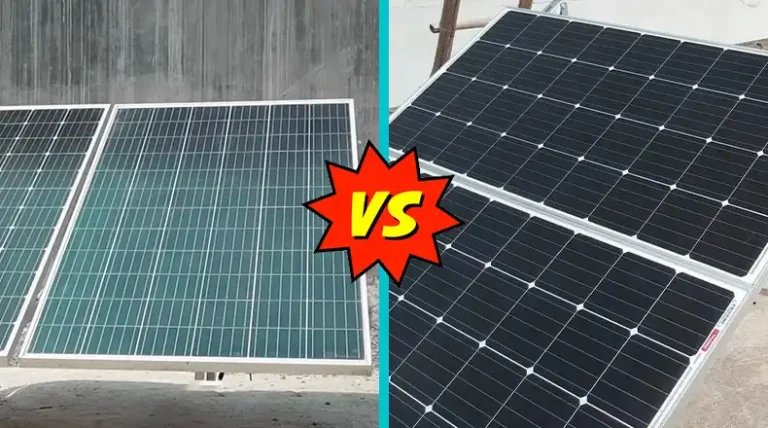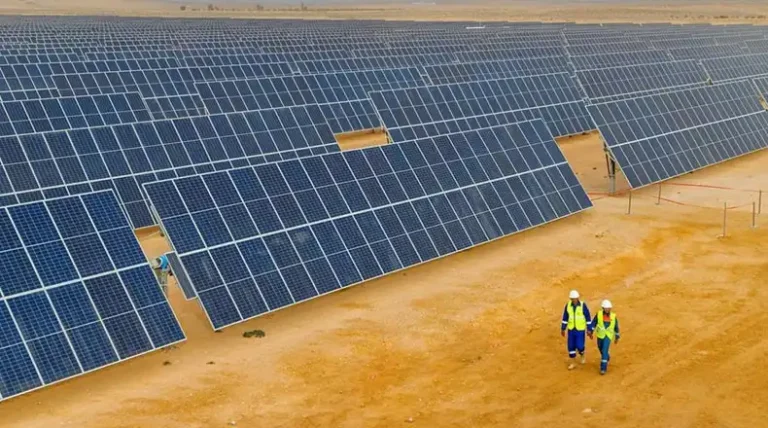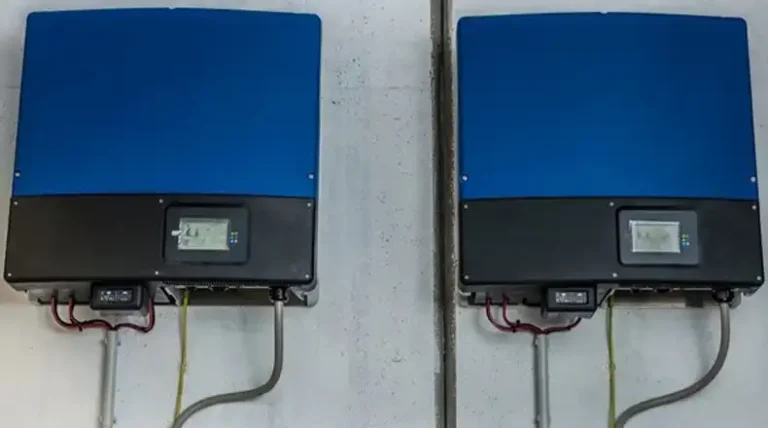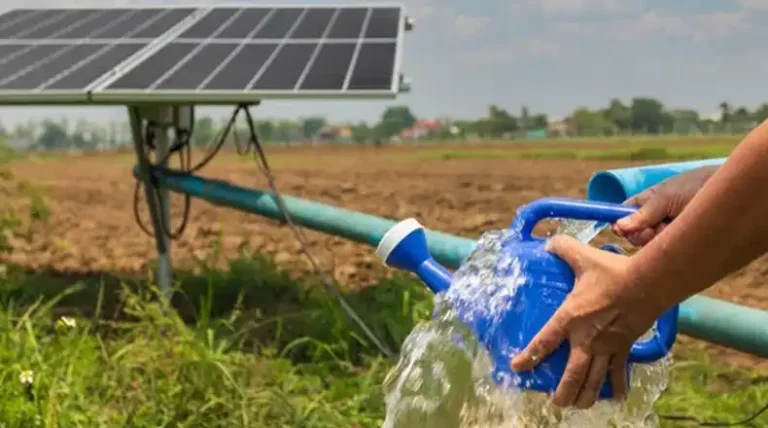Solar Panel Recycling Challenges and What Can We Do to Overcome Those
Solar photovoltaic (PV) systems have witnessed exponential growth, with global installed capacity reaching an impressive 942 gigawatts (GW) by the end of 2022, according to the International Energy Agency (IEA). However, as the solar industry continues to flourish, a new challenge looms on the horizon – the management of end-of-life solar panels.
With an average lifespan of 25 to 30 years, the first wave of decommissioned solar panels is already upon us. The International Renewable Energy Agency (IRENA) estimates that by 2050, the cumulative waste from solar panels could reach a staggering 78 million metric tons globally. So why recycling them is a challenge?
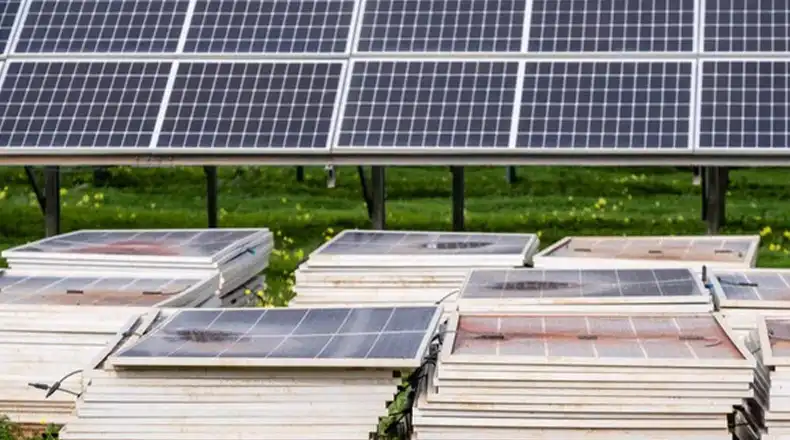
Challenge #1: Material Complexity and Lack of Standardization
Solar panels are complex devices, composed of a variety of materials, including:
- Silicon cells
- Glass sheets
- Polymers (ethylene-vinyl acetate, polyvinyl fluoride)
- Metals (aluminum, copper, tin, lead)
The intricate lamination and bonding techniques used in panel construction make separating and recovering these materials a significant challenge. Furthermore, the lack of standardization in solar panel composition across manufacturers adds another layer of complexity to the recycling process.
According to a study by the National Renewable Energy Laboratory (NREL), the absence of industry-wide design guidelines and standards has resulted in a wide variation in panel materials and construction methods. This diversity hinders the development of a universal and efficient recycling process, highlighting the need for collaboration and standardization among manufacturers.
Challenge #2: Limitations of Current Recycling Technologies
Several recycling methods are currently employed for solar panels, each with its own limitations:
- Shredding and Mechanical Separation
This mechanical process aims to separate materials based on their physical properties, relying on techniques like density sorting and magnetic separation.
However, this approach has its limitations – incomplete separation and cross-contamination persist, compromising material purity and recovery rates.
- Thermal and Chemical Treatment
In this method, solar panels face the intense heat of furnaces or the corrosive power of chemical agents. The high temperatures and reactive compounds work in tandem to break down the material bonds, separating the components for recovery.
Yet, this process demands a heavy toll – energy-intensive operations and potential emissions add to the environmental burden.
- Chemical Recycling
Chemical recycling employs a carefully curated cocktail of solvents and reagents to dissolve and separate the panel components with precision. This innovative approach holds the promise of higher material recovery rates, unlocking valuable resources that would otherwise be lost.
However, this cutting-edge technology still is in the research and development phase and awaiting widespread commercial adoption.
A study published in the ACS Central Science Journal highlights the inefficiencies of current recycling methods, with typical material recovery rates ranging from 60% to 80%. Ongoing research efforts aim to develop more efficient and cost-effective separation techniques, such as chemical recycling, which shows promise in recovering a broader range of materials.
Challenge #3: Economic and Cost Challenges
The economic viability of solar panel recycling remains a significant challenge. According to a report by the National Renewable Energy Laboratory (NREL), the cost of recycling a typical residential solar panel can range from $20 to $30, while the cost for larger utility-scale panels can be even higher.
These costs are primarily driven by:
- Transportation and logistics expenses
- Labor-intensive disassembly and separation processes
- Complex and energy-intensive recycling methods
Additionally, the recovered materials often face stiff competition from virgin materials and new panel production, making it difficult to offset the recycling costs. To address this challenge, financial incentives and subsidies from governments and industry stakeholders are crucial to make solar panel recycling more economically feasible.
Challenge #4: Logistical and Collection Hurdles
One of the major obstacles in solar panel recycling is the lack of a widespread and efficient collection infrastructure. End-of-life panels are scattered across diverse locations, from residential rooftops to large-scale utility installations, posing logistical challenges for collection.
According to a report by the International Renewable Energy Agency (IRENA), the decentralized nature of solar installations, coupled with the absence of robust take-back and collection systems, has resulted in significant leakage of end-of-life panels into improper disposal channels.
Addressing this challenge will require collaborative efforts among manufacturers, recyclers, and policymakers to establish producer responsibility schemes and take-back programs. These initiatives can ensure a streamlined and efficient collection process, facilitating the responsible management of end-of-life solar panels.
Challenge #5:: Environmental and Health Risks
Improper disposal of solar panels in landfills or through incineration can have severe environmental and health consequences. These panels contain hazardous materials like lead, cadmium, and silicon tetrachloride, which can leach into the soil and groundwater, causing contamination.
A study published in the journal Environmental Science and Technology highlighted the potential risks associated with the release of lead from discarded solar panels, which can have detrimental effects on human health and ecosystems.
Furthermore, the recycling process itself poses potential health risks to workers if proper safety measures and handling protocols are not followed. Exposure to the hazardous materials present in solar panels can lead to adverse health effects, underscoring the importance of implementing safe and regulated recycling practices.
Challenge #6:: Regulatory Landscape and Policy Support
The regulatory landscape surrounding solar panel recycling is still in its infancy, with varying levels of policies and regulations across different regions and countries. Some notable examples include:
- The European Union’s Waste Electrical and Electronic Equipment (WEEE) Directive, which mandates the collection and recycling of end-of-life solar panels.
- Extended Producer Responsibility (EPR) schemes in certain U.S. states, which hold manufacturers responsible for the end-of-life management of their products, including solar panels.
However, many regions lack comprehensive regulatory frameworks and enforcement mechanisms to ensure responsible solar panel recycling. Stronger policy support and financial incentives are crucial to encourage investment in recycling infrastructure and promote a circular economy for the solar industry.
Overcoming the Challenges
To address the multifaceted challenges in solar panel recycling, a comprehensive and collaborative approach is essential:
Technological Advancements
Continued research and development efforts are crucial to refine and commercialize innovative recycling technologies like chemical recycling and advanced separation techniques. Investments in automation, robotics, and process optimization can enhance efficiency and cost-effectiveness.
Standardization and Design for Recycling
Manufacturers must prioritize standardization of panel components and adopt design principles that facilitate easier disassembly and material recovery. Collaboration with recyclers can inform the development of recycling-friendly solar panel designs.
Regulatory Frameworks and Incentives
Governments and policymakers should implement comprehensive regulatory frameworks that mandate responsible end-of-life management and recycling of solar panels. Financial incentives, such as tax credits or subsidies, can encourage investment in recycling infrastructure and make the process more economically viable.
Extended Producer Responsibility (EPR)
Implementing EPR schemes can hold manufacturers accountable for the entire life cycle of their products, including end-of-life management and recycling. This approach can drive investment in take-back programs and recycling facilities.
Public-Private Partnerships
Collaboration between governments, industry players, researchers, and recyclers can accelerate innovation, knowledge sharing, and the development of best practices. Public-private partnerships can leverage collective resources and expertise to overcome challenges.
Consumer Awareness and Education
Raising awareness among consumers, installers, and stakeholders about the importance of responsible solar panel disposal and recycling is crucial. Educational campaigns and transparent communication about recycling options can promote a culture of sustainability.
Final Words
By working together and leveraging technological advancements, best practices, and supportive policies, the solar industry can pave the way for a truly sustainable and circular future. It is imperative that we act now to ensure that the benefits of solar energy are not overshadowed by the environmental and economic costs of improper waste management.

